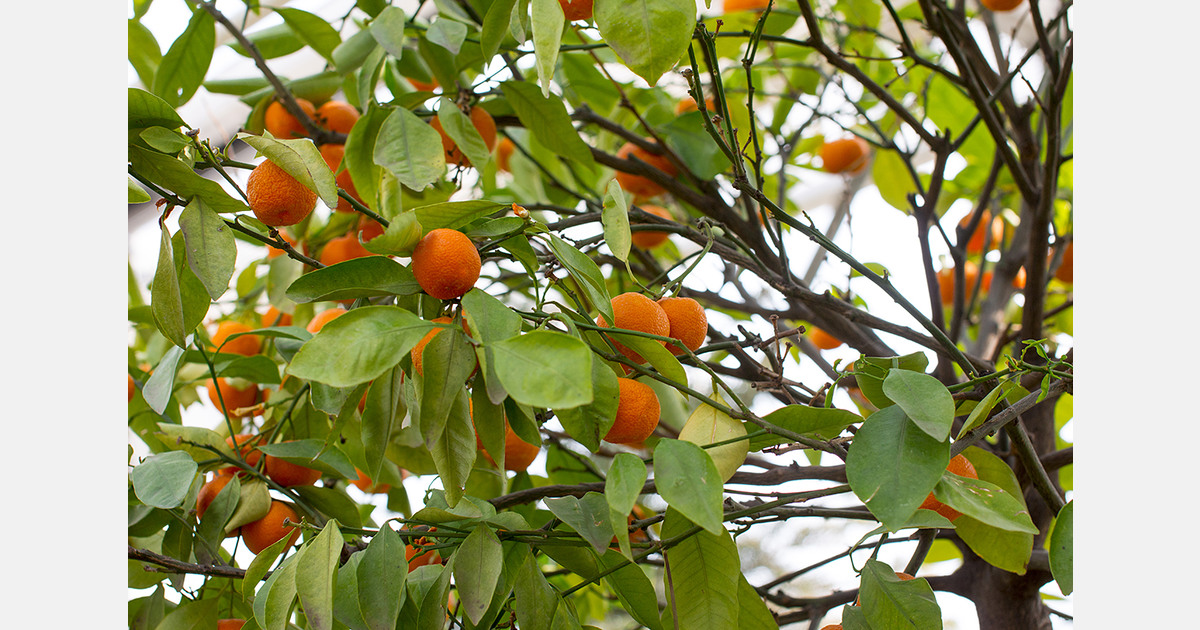Citrus industry representatives in California are assessing the impact of citrus yellow vein clearing virus (CYVCV), a disease identified for the first time in the United States in 2022. The virus was detected in Tulare County during multi-pest residential surveys conducted by the California Department of Food and Agriculture (CDFA).
Casey Creamer, president and CEO of California Citrus Mutual, said the discovery has drawn attention due to Tulare County’s role as California’s largest citrus-producing region, with annual citrus receipts exceeding US$1.5 billion. In 2024, the county’s packing houses exported over six million cartons of citrus, according to the Tulare County Department of Agriculture.
The CDFA has established quarantine zones in the cities of Tulare and Visalia and in Hacienda Heights in Los Angeles County. No commercial citrus groves or nurseries are currently included in these quarantines, and no economic losses have been reported.
According to the CDFA, the virus spreads mechanically and through aphids and whiteflies. Creamer noted that the widespread presence of these insects across California’s agricultural areas makes the finding a concern. However, he emphasized that the industry is working to avoid alarming global markets since tree removal is not required under quarantine rules.
CYVCV was first detected in Pakistan in 1988 on lemon and sour orange trees and later reported in India, China, Iran, and Turkey. In the U.S., limited information is available about its behavior or impact. The Citrus Research Board and the University of California are studying the disease to assess potential risks to commercial citrus production.
Creamer said the industry suspects that current pest control programs, including those targeting the Asian citrus psyllid, may also help prevent the spread of CYVCV. Still, key questions remain about whether the virus is newly introduced to the U.S. or has existed undetected with minimal impact on production. “There is not a lot of information out there on this,” Creamer said.
The CDFA reports that symptoms vary by citrus variety, virus strain, and environmental conditions. On young lemon and sour orange trees, leaves may appear water-soaked, with yellow, clear veins, wrinkling, and deformation. Some cultivars display irregular ringspots and mosaic-like fruit patterns, while others remain asymptomatic. In severe cases, infected trees may die or produce malformed fruit.
There is no treatment for CYVCV. The CDFA advises controlling insect vectors such as citrus whitefly and aphids and sanitizing tools and equipment between field operations to reduce the spread.
Source: FarmProgress

